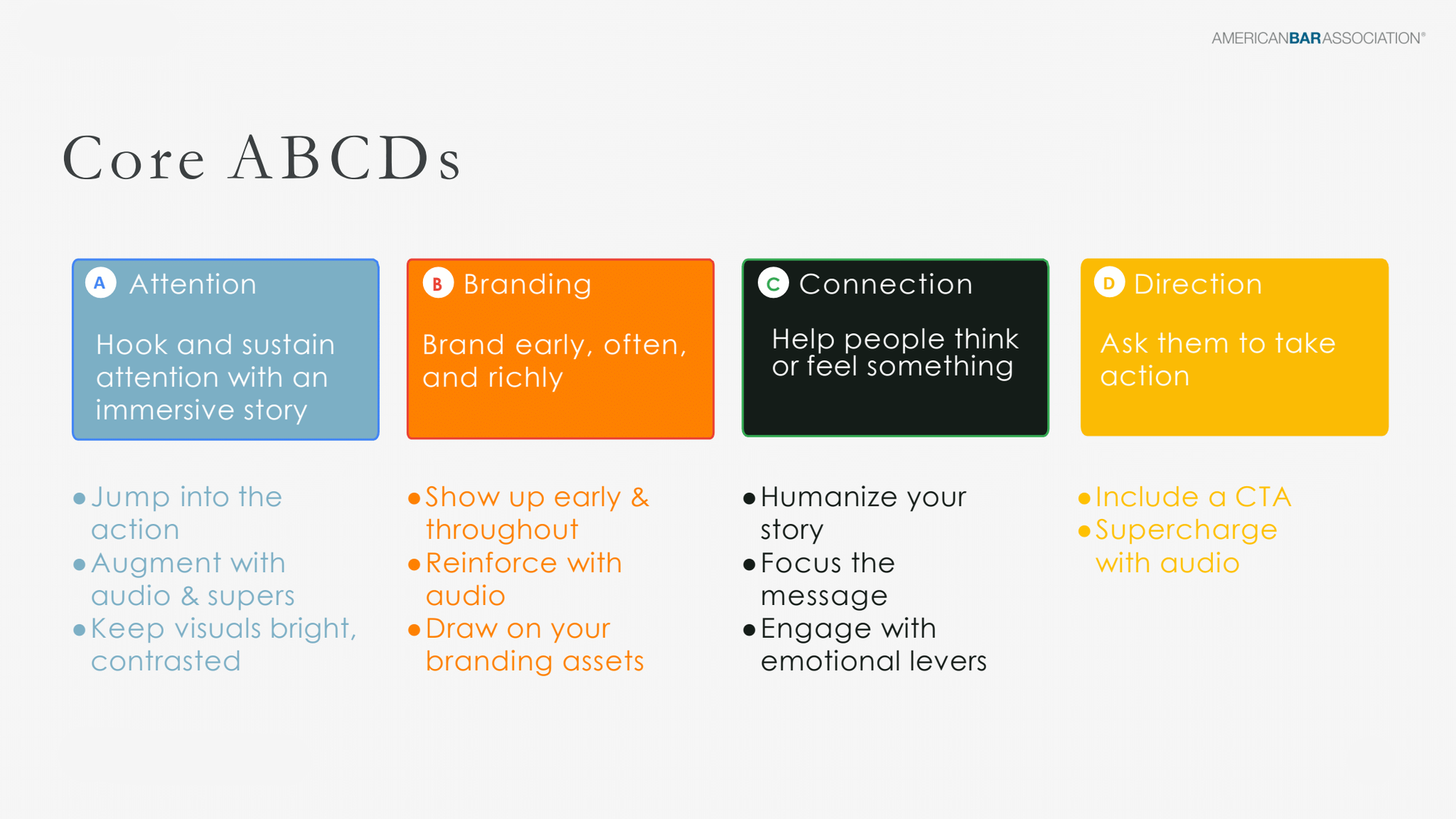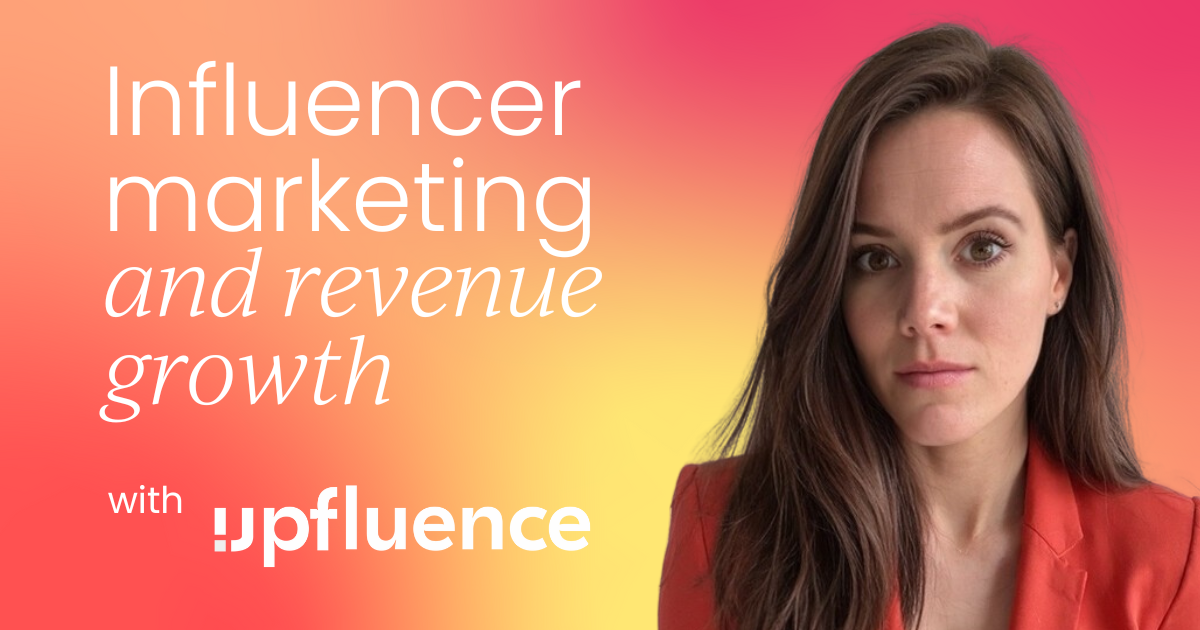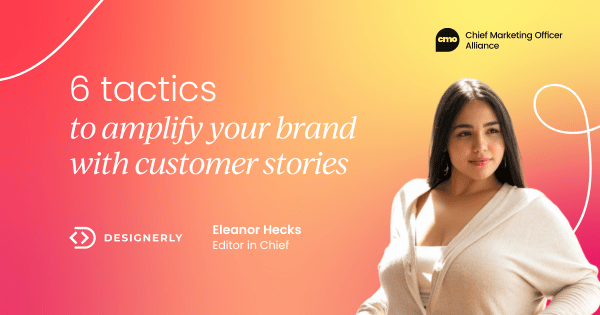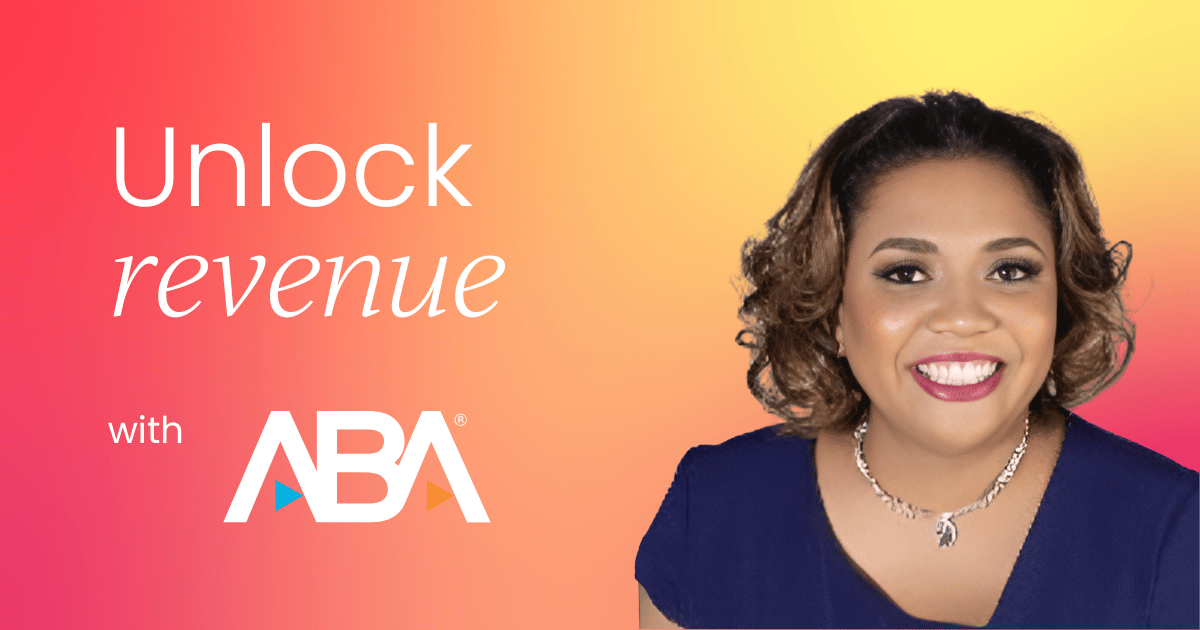If you’re like a lot of marketing leaders out there, you probably feel the pressure to justify your budget and prove your team’s value. But what if you could flip that script?
Imagine your team being recognized not as a cost center, but as the engine of growth – the group that consistently creates new revenue streams and positions the organization for the future.
That shift doesn’t happen by accident. It requires a deliberate process for spotting opportunities, turning insights into action, and demonstrating results that matter to the business.
In this article, I’ll walk you through a framework for identifying new opportunities, share real-world case studies to spark ideas, and outline my go-to process for exploring new revenue streams.
Let’s dive in.
Frameworks for identifying new revenue streams
As marketers, we’re often great at spotting trends, but it’s crucial to have a process in place to turn those insights into new revenue streams. The framework for identifying these opportunities has three key components:
- Leveraging existing assets
- Building great creative
- Gathering member insights
Let’s take a closer look.
For expert insights like this straight to your inbox twice a month, sign up for Pro+ membership.
You'll also get access to 10 certifications, a complimentary Summit ticket, and 100+ tried-and-true templates.
So, what are you waiting for?
Leverage your existing assets
I'm a big believer in looking at what you already have before you go looking for a big new budget to build something from scratch.
This can be as simple as changing the value proposition of an existing product or service without changing the product itself. At GE, we did this with a product, and our sales team credited us with 10% year-over-year growth.
You should also explore product or service extensions, add-ons, or partnerships. When I was CMO at Girl Scouts of the USA, almost a third of our revenue came from licenses and royalties. So, look for adjacencies where you can create a win-win partnership.
Good creative starts with asset coverage
Simply put, asset coverage is the number and variety of creative assets built to ensure a campaign achieves optimal efficiency. It includes asset type (e.g., text, image, and video), asset size and ratio, and asset length.
I always follow the core ABCDs of good creative:
- Attention: Hook and sustain attention with an immersive story.
- Branding: Brand early, often, and richly.
- Connection: Help people think or feel something to get them engaged.
- Direction: Ask them to take action with a clear call to action.

It’s also important to consider coverage in terms of the marketing funnel. When I first joined the American Bar Association, I took a hard look at our marketing funnel and noticed that over 80% of our budget was being spent at the top of the funnel.
We were putting a lot of money into acquiring new members, but doing almost nothing to reinforce the value of membership or encourage involvement. This is a huge oversight if you’re looking to build loyalty and retention.






.png)









 Follow us on LinkedIn
Follow us on LinkedIn




